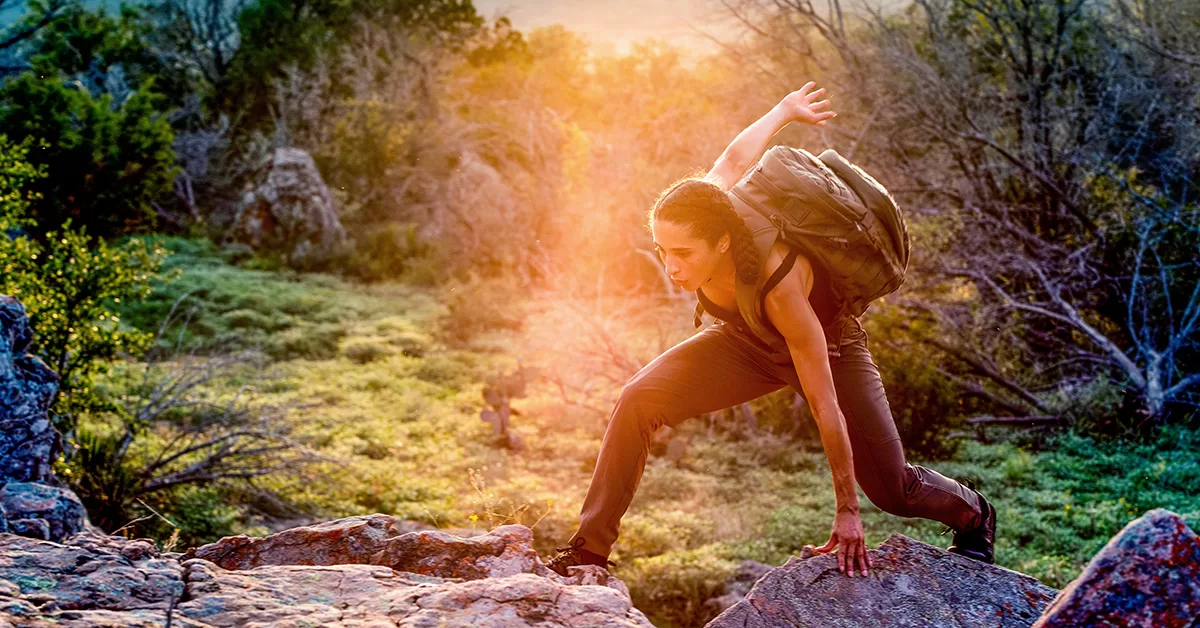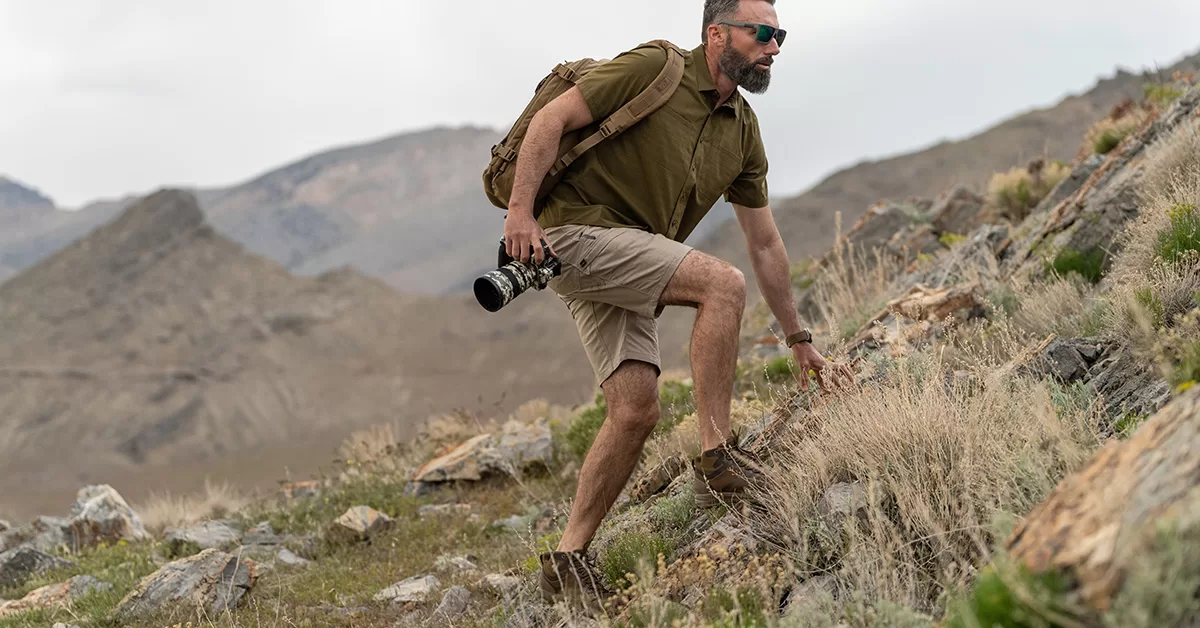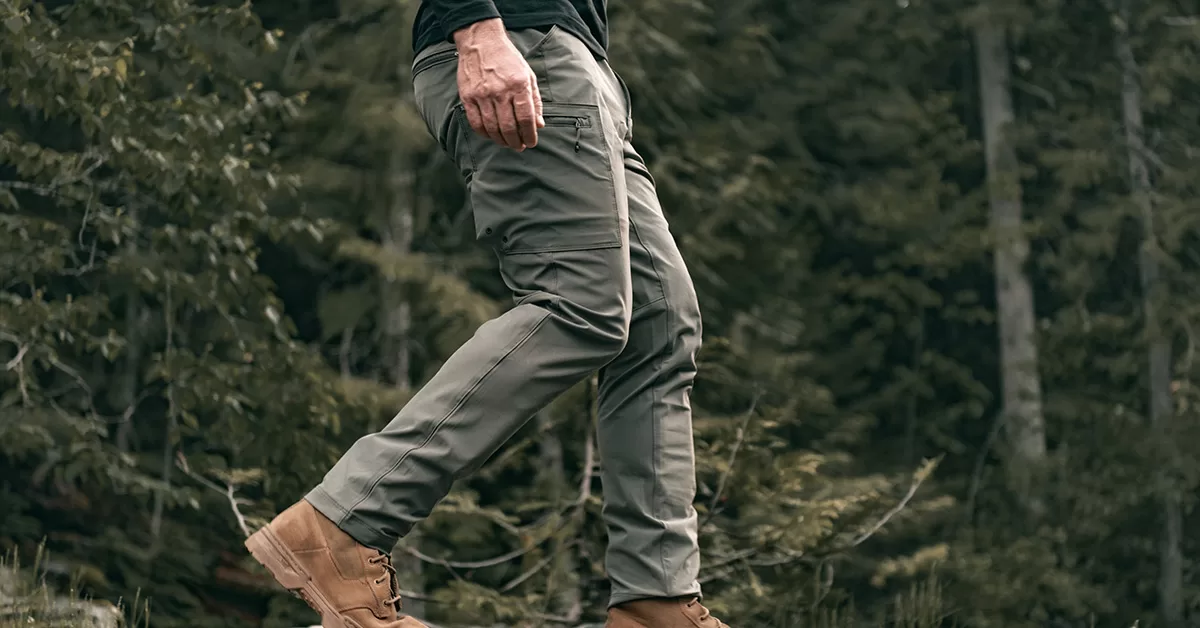How To Be Eco-Conscious While Hiking
People all over the world are quickly learning that looking after our environment and taking care of our planet are critical now and for future generations. Environmental sustainability is something we all care about. But often many of us aren’t quite sure what we can do to help and reduce our carbon footprint.
For those of us who enjoy hiking, trail running, and time spent in nature, we are already participating in an eco-friendly activity. But there are still ways that we can improve in becoming more ecologically aware and helping to protect and preserve the environmental impact of hiking trails.
Avoid Popular Destinations and Hike Locally
Social media has shined a light on this amazing earth and its inspiring natural wonders. However, with that light, more people are visiting popular tourist sites which can increase the harm to these areas. From erosion to litter, with more people there are greater disturbances to the environment.
Venturing to these destinations also increases carbon emissions from vehicles. Consider staying local and hiking the trails near your home.
Follow “Leave No Trace” Rules
Many campers and outdoor enthusiasts know about the Center for Outdoor Ethics’ “Leave No Trace” rules and etiquette. It consists of seven principles that outline the minimum ways we can properly take care of the outdoors. These include correctly disposing of waste, leaving what you find in nature, and respecting wildlife. We’ll talk more about several of these as we move on.
Dispose of Garbage the Right Way
The number one rule is that we take out anything we brought in, with no exceptions. To do so, bring sealable bags that you can put your trash into. This includes even organic materials like fruit cores and peels. These can carry pesticides and other foreign bacteria and parasites that we don’t want to introduce into the ecosystem.
How to Dispose of Human Waste
Wild animals go to the bathroom in the woods and leave it, so why can’t you, right? Wrong. Your waste has different bacteria that shouldn’t be introduced into the ecosystem, either.
The first thing you want to do is check with your hiking destination’s rules and regulations. They may have specific rules on how they want you to dispose of human waste. This includes bringing a bag to pick up your waste and carrying it out of the forest with you.
Other times, you can simply dig a hole and cover it with soil. Always remember to relieve yourself far away from any water resources so as not to contaminate them.
Reuse and Recycle Items
Instead of buying new equipment and gear each season, reuse and recycle items. Not only do you get more use and value for your money, but you’re also cutting down on emissions from factories and transportation.
Try to use less single-use items and opt for multiple-use ones that you can use each hiking excursion.
Minimize the Use of an Open Fire
OK, this is probably going to be a tough one for many of us. If you are hiking and camping together, you probably look forward to socializing and roasting s’mores over an open campfire.
Unfortunately, an open fire can have a severe negative impact on environmental sustainability. Not only is it a threat to create damaging wildfires, but it also releases toxic particles into the environment causing massive damage to the ecosystem.
Instead of an open fire, try using a camping stove which burns using butane or propane and can be used for many years of camping.
The environmental impact of hiking trails and hiking itself is quite low in the grand scheme of things. However, by making a few small changes mentioned above, as well as investing in eco-conscious apparel, footwear, and gear, you can feel good about the impact you’re having on environmental sustainability.





